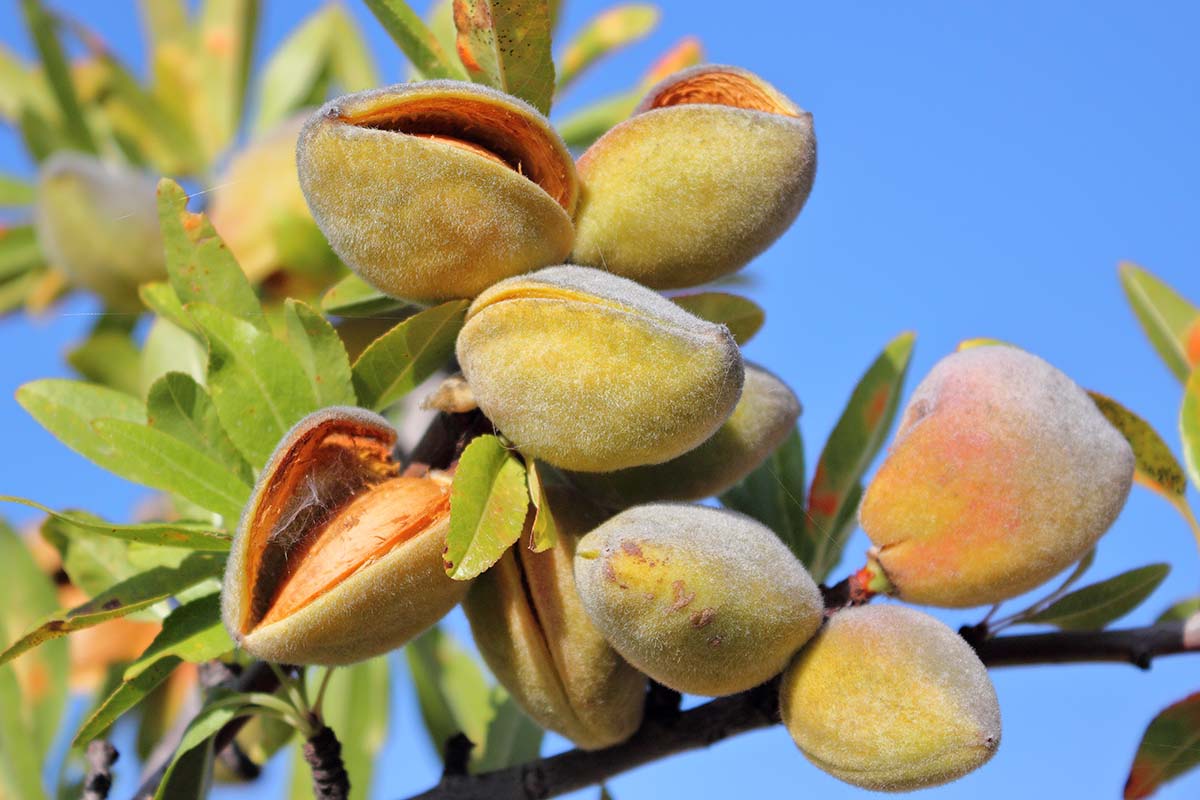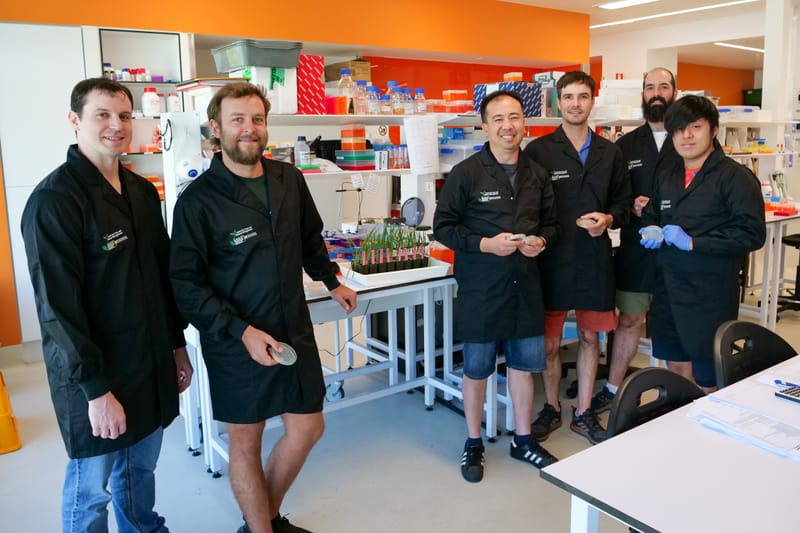Industry Expert: Tim Jackson - Almond Board of Australia CEO
Are growers confident in the health of trees and quality of nuts so far heading into the harvest? Damage caused by the frosts in September is now becoming visible. The ABA surveyed growers and more than 1600 hectares in the Riverland, Sunraysi...

Are growers confident in the health of trees and quality of nuts so far heading into the harvest?
Damage caused by the frosts in September is now becoming visible. The ABA surveyed growers and more than 1600 hectares in the Riverland, Sunraysia, Riverina and Adelaide Plains has been affected. However, the level of damage varies significantly between orchards. Growers who participated in the survey also reported that quantifying the level of damage on-farm has been challenging. Growers are also observing issues with floral and vegetative bud development. The varieties most affected are Carmel and Shasta. Industry development officer Josh Fielke suspects weather conditions in spring 2023 could have contributed to what is being observed in orchards this season. On a positive note, almond kernel quality is looking promising based on sampling that has occurred in all growing regions.
What kind of overall tonnages are expected from the Riverland region next harvest?
Nationally it’s estimated that 175,000 tonnes of almonds will be harvested in 2025. South Australia is likely to produce 35,000 tonnes and the vast majority of that volume will come from the Riverland. A more accurate yield estimate will be provided by the ABA in December.
Are there concerns regarding the opening of water buyback tenders for the Riverland?
The ABA is concerned about water buybacks and the impact this will have on the water market for existing irrigators. While there is recognition that there will be a number of willing sellers who are pinning their hopes on buybacks to exit their operation and provide some security in retirement, the removal of water from the consumptive pool means the challenge on producing more with less becomes even more pronounced. The socio-economic impact that water buybacks has on communities in the Murray Darling Basin must be monitored to ensure there isn’t a negative impact.
Are local growers still benefitting from increasing demand in China and other key export destinations?
China and India demand continues to drive Australian almonds sales to new heights six months into the 2024-25 selling season. The ABA’s August Position Report has confirmed that global demand for Australian almonds remains strong, despite increased pricing. Record volumes for August mark the third consecutive all-time monthly best for the industry, and the fourth out of six as processors and marketers clear stock at an unprecedented speed. Exports into China are 93 per cent up on the same time last year, while after a slow start, Indian volumes are almost back on par with last year’s record season. This further confirms the value of the Australia-India Economic Co-operative Trade Agreement, which reduced almond tariffs by 50 per cent on January 1, last year. It is clear from the figures that the dry season has led to higher quality pack-outs, as the volumes into recycling and manufacturing grade strongholds like Turkey, Spain and the US are well down on the previous season, when poor weather during harvest impacted nut quality and grower returns. Overall, exports season-to-date are up 21 per cent and the total sales volume of 88,090 kernel weight equivalent tonnes is just over 17 per cent ahead of the previous best first half to a selling season. Inshell sales continue at record levels with more than 47,000 tonnes shipped, compared to just over 27,000 for the same period last year.
Are there any concerns regarding a possible upcoming dry period?
With any dry period, the cost of water will play a major role in the viability of irrigated crops, both annuals and permanently planted. Water was a key topic at the Australian Almond Conference in October. Speakers at the event indicated water storages are looking adequate for the next few years. However, irrigators are always mindful that dry conditions will return again at some point. Initiatives like the OneBasin CRC, investigating whether it’s feasible to desalinate groundwater for use as a supplementary source when allocations from the river are limited because of drought and a changing climate, are keenly supported by the ABA.
What are the keys for tree health leading into summer?
Adequate fertilisation and irrigation are critical in the months before harvest. Growers will also be keeping a close eye out for any disease to ensure kernel quality and yield isn’t impacted.





